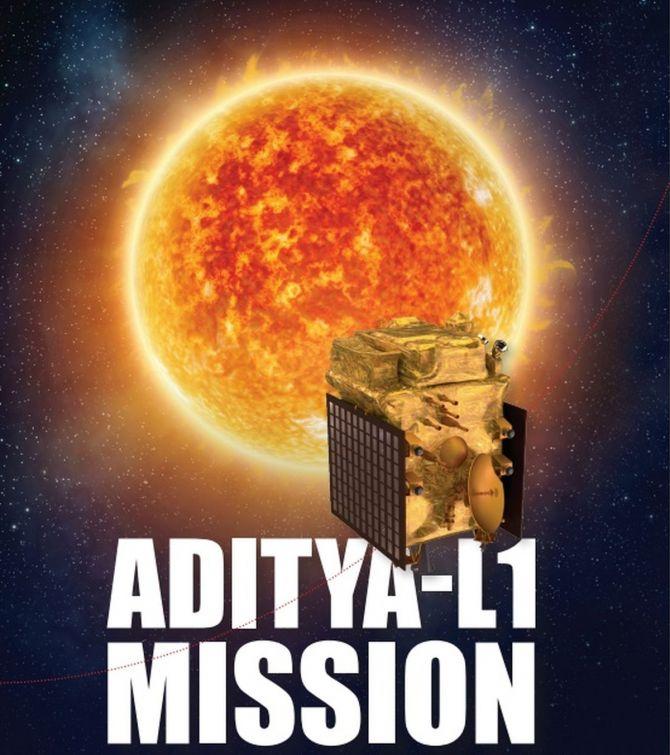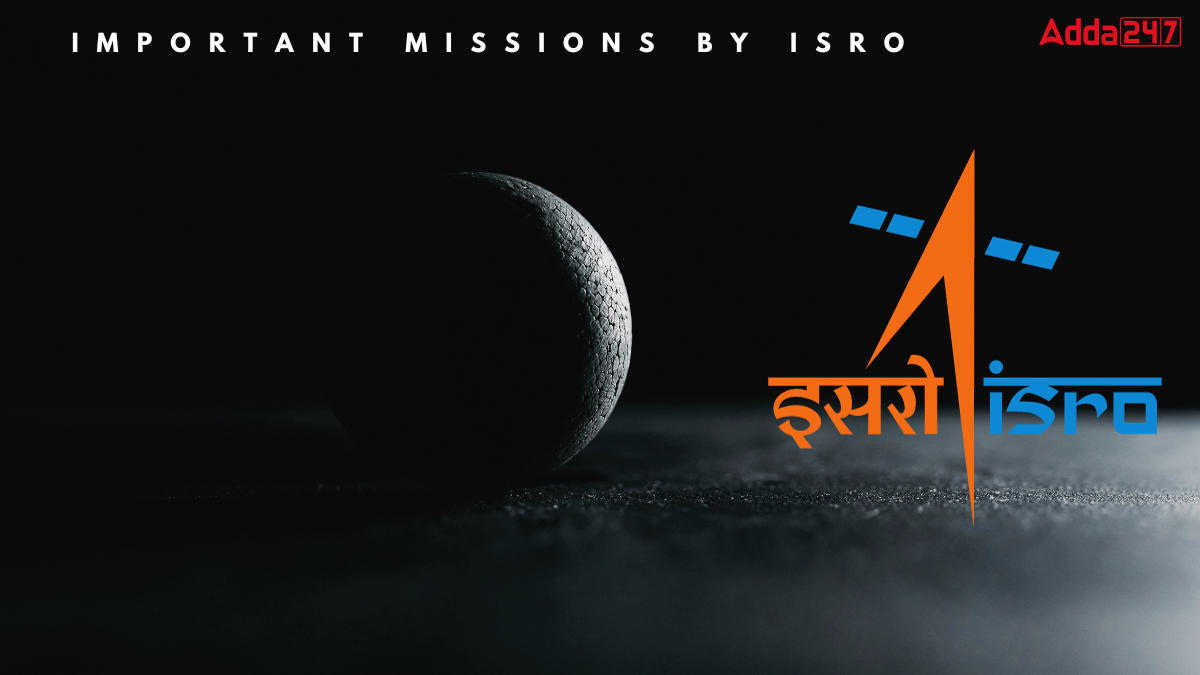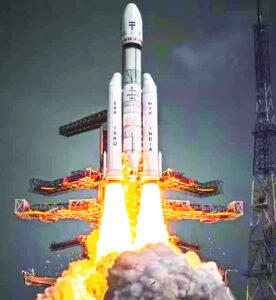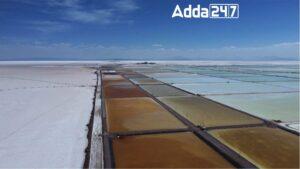Mission Overview:
India’s Space Research Organisation (ISRO) launched its third lunar mission, Chandrayaan-3, on July 14, 2023, carrying the Vikram lander and Pragyan rover. Notably, it aimed for a first-ever soft landing at the Moon’s south pole.
Key Mission Objectives:
Chandrayaan-3 sought to demonstrate a soft landing, deploy the Pragyan rover for lunar exploration, conduct scientific experiments on lunar water ice and minerals, and advance India’s technological capabilities in lunar exploration.
Mission Highlights:
The mission featured a successful launch, precise orbital maneuvers, and the separation and descent of the Vikram lander and Pragyan rover for the critical landing attempt.
Current Status:
As of December 29, 2023, the official confirmation of a successful landing on the Moon’s south pole is pending, with communication lost just before the expected touchdown. ISRO is actively working to re-establish communication and assess the situation.
Overall Significance:
Chandrayaan-3, despite the communication interruption, marks a substantial advancement for India’s space program. Venturing into the unexplored lunar south pole, the mission pushes the boundaries of lunar exploration, generating valuable scientific data and experience for future lunar endeavors.
7. PSLV-C56/DS-SAR Mission

The launch of PSLV-C56 carrying DS-SAR satellite, along with 6 co-passengers from the first launch-pad of SDSC-SHAR, Sriharikota is accomplished successfully on July 30, 2023 at 06:30 hrs IST.
PSLV-C56 is configured in its core-alone mode, similar to that of C55. It would launched DS-SAR, a 360 kg satellite into a Near-equatorial Orbit (NEO) at 5 degrees inclination and 535 km altitude.
DS-SAR
The DS-SAR satellite is developed under a partnership between DSTA (representing the Government of Singapore) and ST Engineering. Once deployed and operational, it will be used to support the satellite imagery requirements of various agencies within the Government of Singapore. ST Engineering will use it for multi-modal and higher responsiveness imagery and geospatial services for their commercial customers.
DS-SAR carries a Synthetic Aperture Radar (SAR) payload developed by Israel Aerospace Industries (IAI). This allows the DS-SAR to provide for all-weather day and night coverage, and capable of imaging at 1m-resolution at full polarimetry.
8. PSLV-C57/Aditya-L1 Mission

Aditya-L1 Mission Overview:
Aditya-L1 marks India’s pioneering solar space mission, stationed in a halo orbit around the Sun-Earth L1 Lagrange point at a distance of 1.5 million km from Earth. This unique orbit ensures uninterrupted observation of the Sun, providing real-time insights into solar activities and their impact on space weather.
Payloads and Scientific Focus:
The spacecraft is equipped with seven payloads designed for observing the photosphere, chromosphere, and the solar corona. These include electromagnetic, particle, and magnetic field detectors. Four payloads directly observe the Sun, while the remaining three conduct in-situ studies at Lagrange point L1, contributing crucial scientific data on solar dynamics in the interplanetary medium.
Science Objectives:
Aditya-L1’s primary science objectives include studying solar upper atmospheric dynamics, investigating chromospheric and coronal heating, exploring the physics of ionized plasma, and understanding the initiation of coronal mass ejections (CMEs) and solar flares. The mission aims to provide essential data on the solar corona’s temperature, velocity, and density, examine the development and origin of CMEs, and unravel the sequence of processes leading to solar eruptive events. Additionally, the mission focuses on magnetic field topology and measurements in the solar corona, contributing to our understanding of space weather drivers, including solar wind origin, composition, and dynamics.
Significance:
Aditya-L1 is poised to offer crucial information to comprehend coronal heating, CMEs, solar flare activities, and the dynamics of space weather. With its advanced instruments, the mission is geared towards comprehensive observations of the solar atmosphere, enhancing our understanding of solar phenomena and contributing to space weather predictions.










 Mankind Pharma Acquires Bharat Serums an...
Mankind Pharma Acquires Bharat Serums an...
 Discovery of Lithium Resources in Mandya...
Discovery of Lithium Resources in Mandya...
 What is Blue Screen of Death?
What is Blue Screen of Death?
